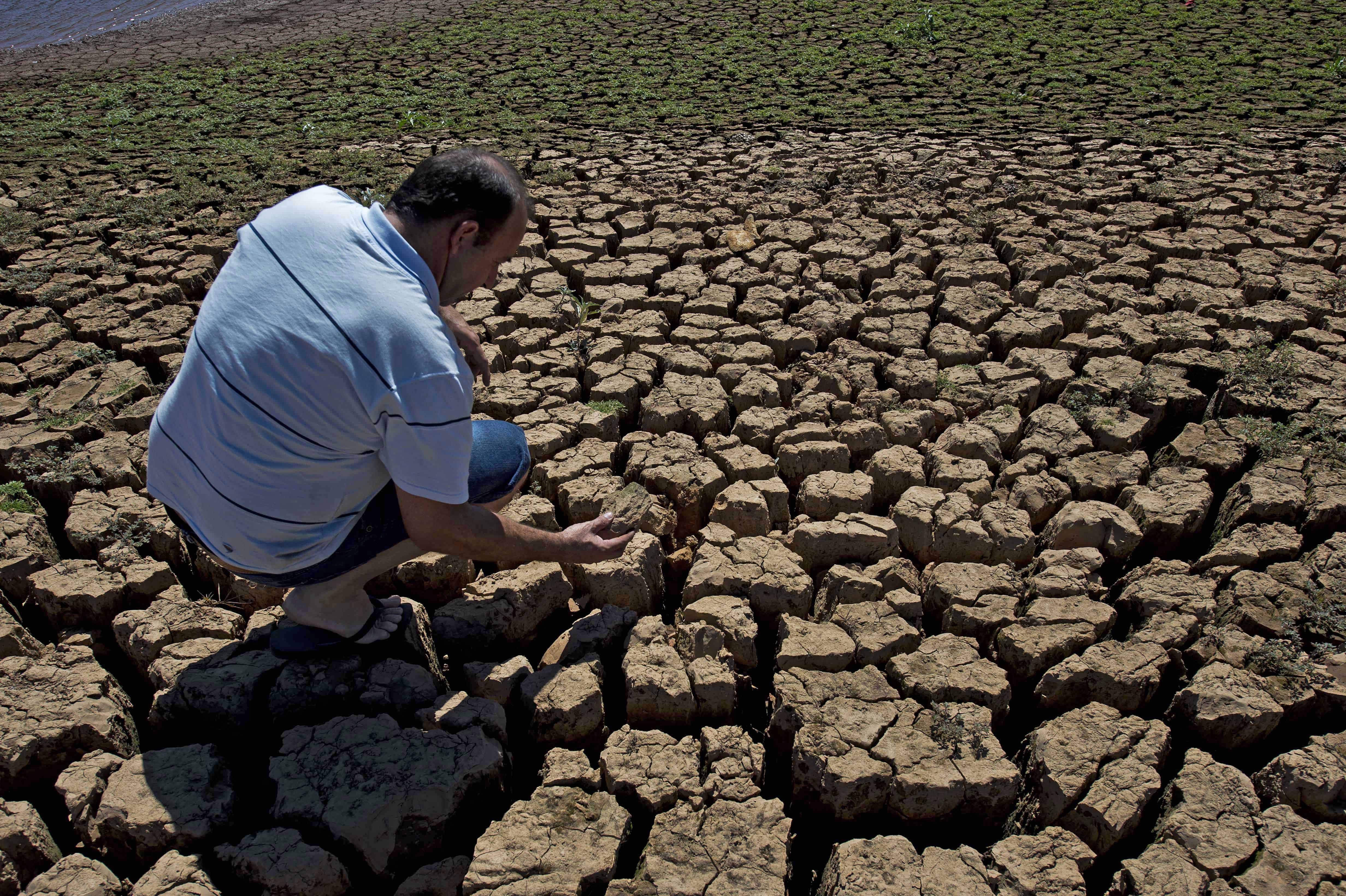More than 113 million people in 53 countries suffered extreme hunger in 2018, mainly due to armed conflicts, natural catastrophes and economic crises, according to a report published Tuesday.
The countries most affected by the famine were Yemen, the Democratic Republic of the Congo and Afghanistan, according to the latest edition of the global report on food crises prepared by the United Nations Food and Agriculture Organization (FAO), the European Union (EU) and other international organizations.
More than half of the 113 million hungry people in the world live in 33 African countries, including Ethiopia, Sudan and Nigeria.
Armed conflicts continue to be the main cause of food insecurity in the world. About 74 million people, or two-thirds of the total population suffering from hunger on the planet, live in 21 countries or territories affected by conflicts.
Yemen, hit by a civil war since 2015, remains the country most affected by hunger in the world. At the end of 2018, the situation reached a critical point with more than half (53%) of the total population in need of urgent food aid, according to the annual report.
Despite these alarming figures, the report highlights a slight improvement in the world over 2017 due to some countries highly susceptible to climate shocks suffered less droughts, floods and temperature increases in 2018.
Thus, in 2017, 124 million people in 51 countries suffered severe hunger, eleven million more than in 2018.
Venezuelan Refugees
Across Latin America and the Caribbean in 2018, there were 4.2 million people who suffer from food insecurity and who need urgent help: Haiti (2.3 million), Central America (El Salvador, Guatemala, Honduras and the “Dry Corridor” of Nicaragua with 1.6 million), and South America (0.4 million, including Venezuelan migrants in Colombia, Ecuador and Peru).
Venezuela, which is going through a serious economic and political crisis that has triggered a severe food shortages and hyperinflation that has drastically reduced purchasing power, is not included in this report due to the lack of reliable figures, Dominique Burgeon, Head of Emergency Situations of FAO, told AFP.
But it could enter the 2019 ranking of countries that face serious food crises with reliable data, said Burgeon, who expressed his “concern” about the situation in the Latin American country.
The report does count instead about 1.5 million Venezuelans who have sought refuge in three neighboring countries, Colombia, Ecuador and Peru, and who have great difficulty in guaranteeing their food.
At least 360,000 of them are going through an “acute food crisis” (phase 3 of a five-level international scale) and 600,000 are in phase 2 (food difficulties).
According to the World Food Program (WFP), 30% of Venezuelan migrants in Colombia (out of a total of 1.1 million) suffer from malnutrition. In Ecuador, that number is 38% (out of a total of 221,000 that have sought refuge in that country) and in Peru 14% (over a little over 500,000).
FAO also expressed its concern about the situation in Colombia, which is both a transit and destination country for Venezuelans crossing the border, and that in addition to this, it still has 487,000 vulnerable people displaced by decades of armed conflict within the country.
Drought in Central America
Also in Latin America, there is an ongoing food crisis in Haiti, the poorest country on the continent that was hit by two devastating hurricanes in 2017. In total, 2.3 million Haitians (32% of the population) are on the verge of famine.
The document predicts that the food crisis will intensify in Haiti in 2019 after a below-average harvest last year, mainly due to droughts.
Among the other areas of the region that raise concern is the Central American Dry Corridor. This area, which extends from northwest Costa Rica along the Pacific coast to Guatemala, is one of the most susceptible to climate change in the world.
The frequency and intensity of droughts and floods has been increasing in recent years. “The outlook for 2019 is even worse than in 2018, as the El Niño phenomenon causes extremely dry conditions and a prolonged heat wave,” says the report.
This story was made possible thanks to The Tico Times 5% Club. If only 5 percent of our readers donated at least $5 a month, we’d have our operating costs covered and could focus on bringing you more original reporting from around Costa Rica. We work hard to keep our reporting independent and groundbreaking, but we can only do it with your help. Join The Tico Times 5% Club and help make stories like this one possible.






